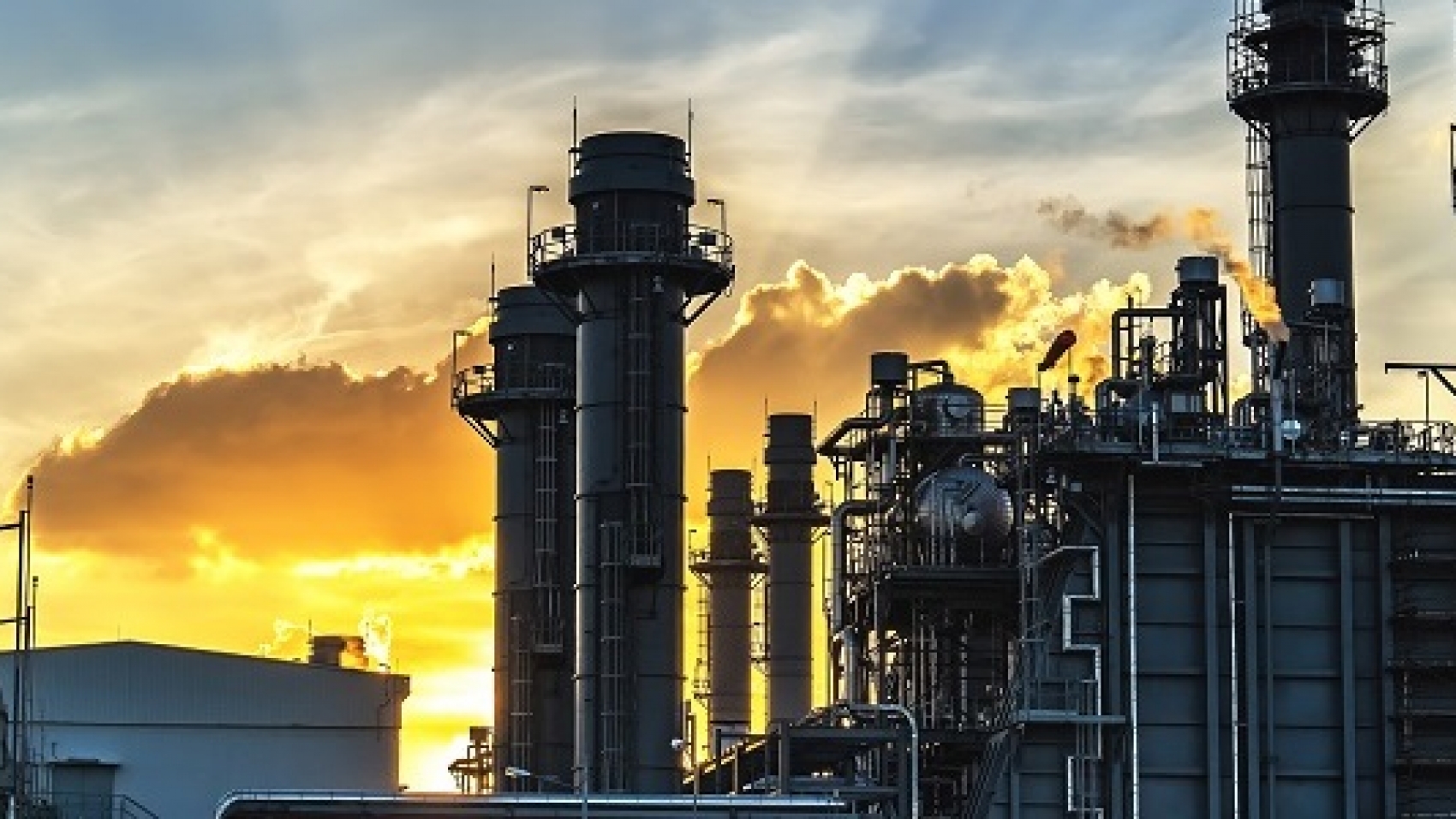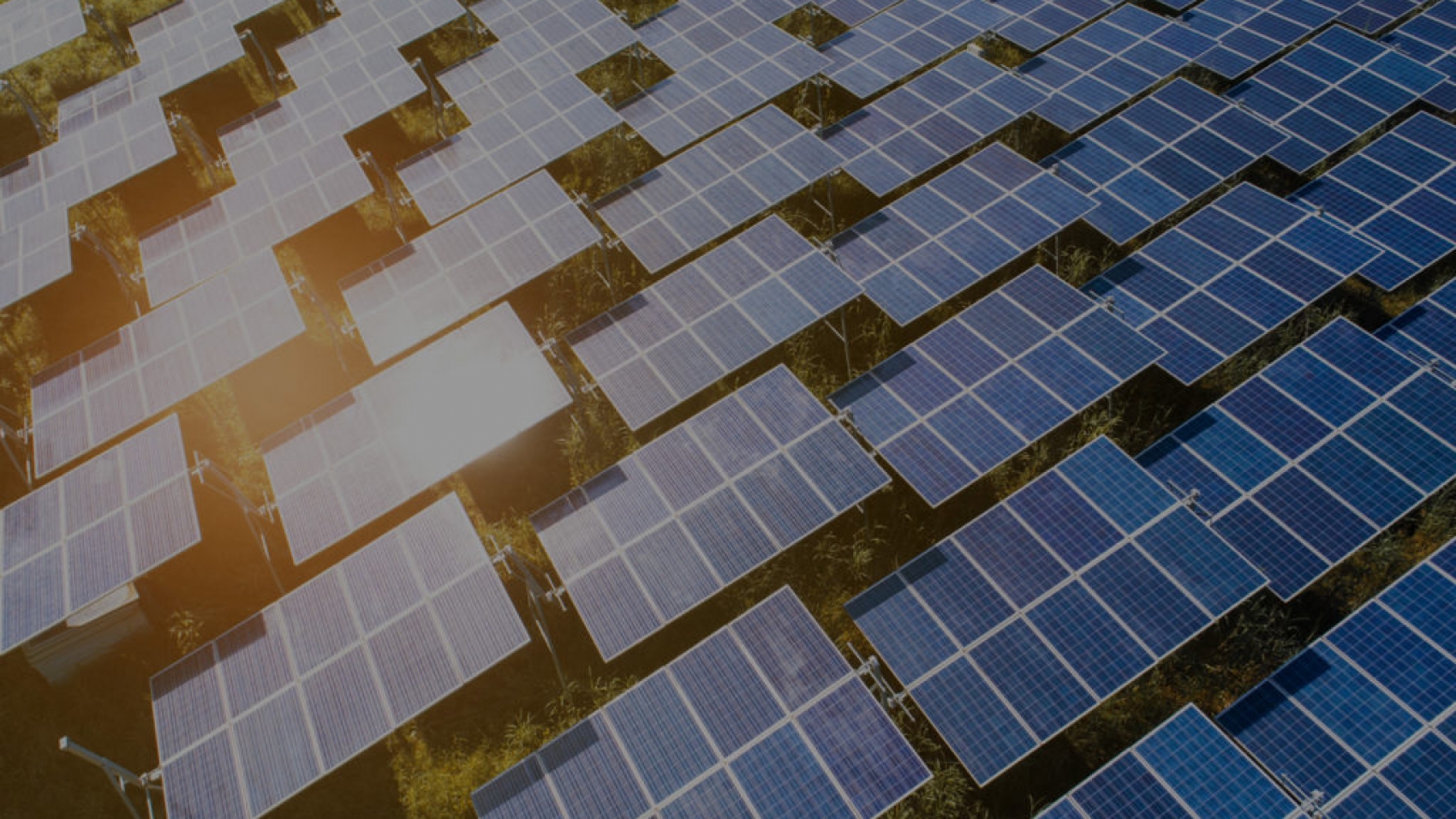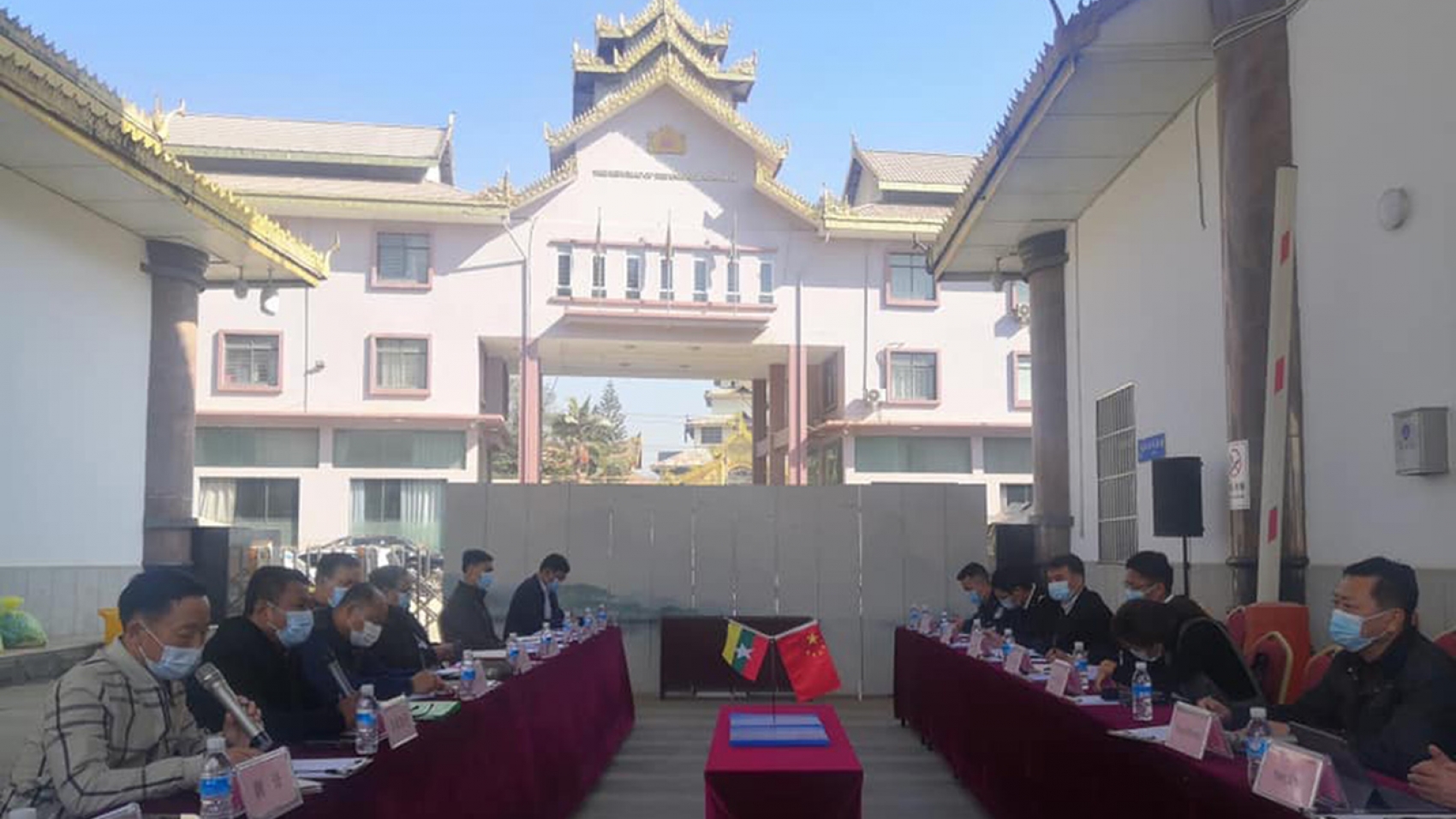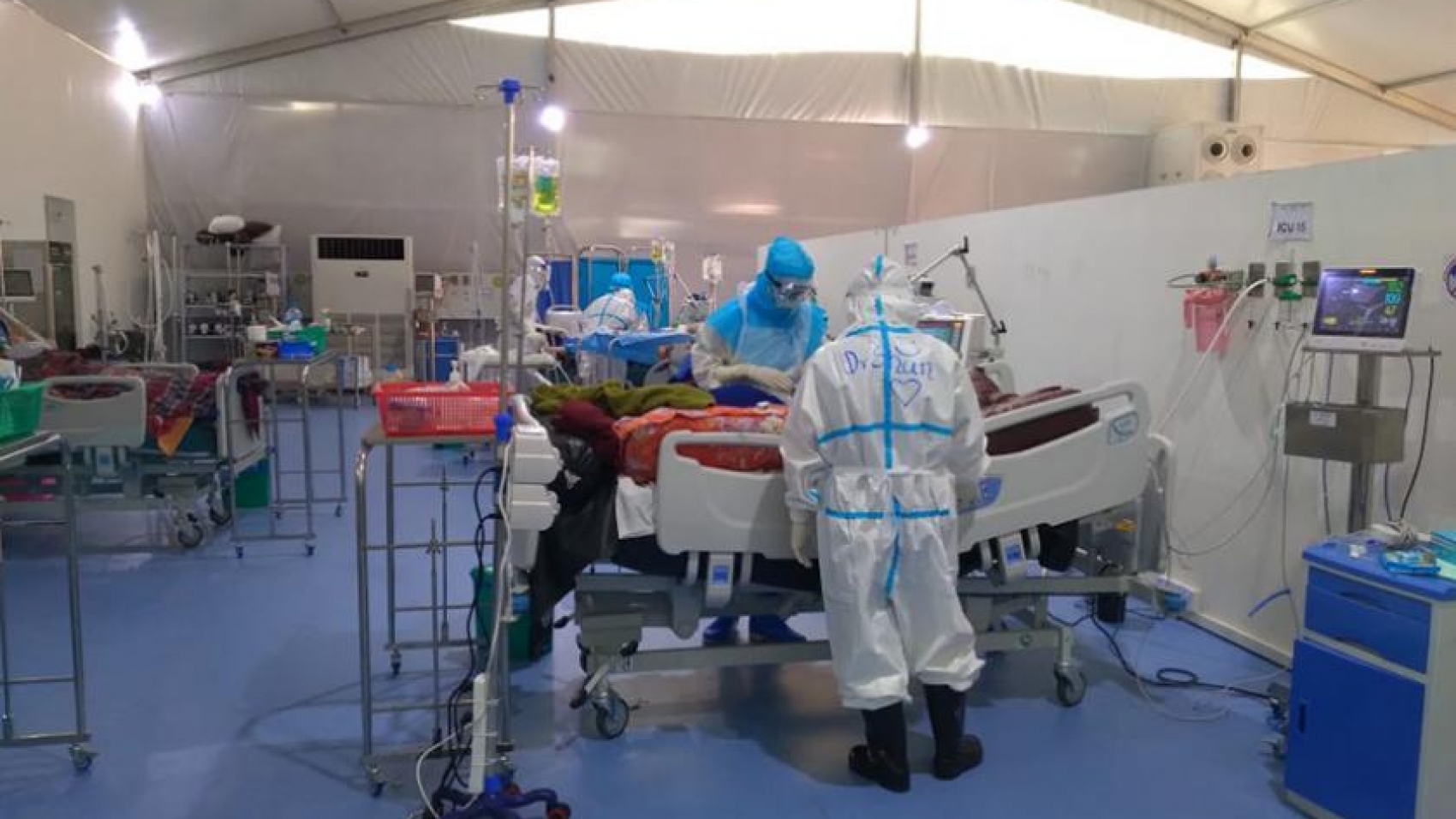According to the inflation report released by the Central Statistical Organization under the Ministry of Planning, Finance and Industry, the annual rate of inflation in Myanmar, based on the Consumer Price Index, continued dropping to 4.6 per cent in November 2020 as consumer price fell amid the COVID-19 impacts. The US dollar against Kyat is relatively weak in November, with a fall of about K203 against a year-ago period. The imported oil price also dropped against October’s rate, causing the transport group’s price index to slump, the inflation report showed. The consumer price fell in food, non-food, transportation and telecommunication groups. Simultaneously, the CPI spiked in household goods and maintenance, other commodities, tobacco and beverages, clothing, recreation, culture and non-food. The price index of education and rent is stable amid the COVID-19, the report stated.
The annual rate of core inflation, which strips out volatile food and energy prices, was 9.67 per cent in November 2020. The year on year inflation rate stood at 3.65 per cent in November, the inflation data indicated.
During the one-year period from December 2019 to November 2020, the inflation rate stood at 8.81 per cent in December 2019. Despite the drop in fuel oil price and gain in the local currency, the power tariff hike led to a higher inflation rate of 9.2 per cent in February 2020. Then, it gradually declined during the coronavirus outbreak in March due to consumers’ weak demand. Then, the rate fell to 4.60 per cent in November 2020. In November, Ayeyawady Region recorded the highest inflation rate at 9.11 per cent, followed by Mandalay Region at 7.55 per cent, and Nay Pyi Taw at 6.68 per cent.
The rate fluctuated with a maximum rate of 4.19 per cent in Ayeyawady and a minimum rate of -2.67 per cent in Kayah State. Earlier, the inflation rate was calculated based on a 2006 survey. The base year was later changed to 2012. The Central Statistical Organization conducted a Household Income and Expenditure Survey in 82 townships in November 2012. The authorities concerned have been making efforts to reduce the inflation rate based on policies, finance, currency, trade, and foreign currency control, keeping with the second five-year National Development plan (2016-2017FY-2020-2021FY).
Source: The Global New Light of Myanmar






